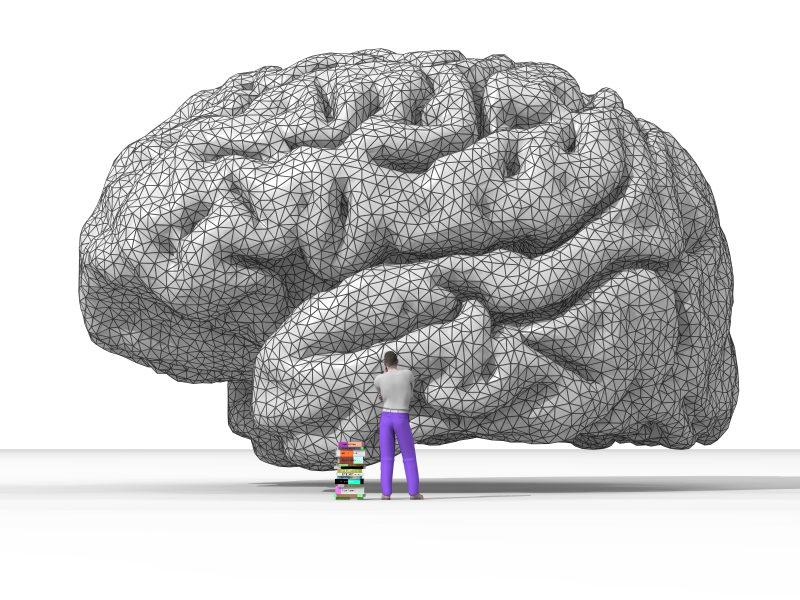At a Glance
- Deglaciation during the Holocene has significantly impacted mountainous environments, leaving distinct landforms and affecting erosion rates.
- Research in the European Alps suggests that erosion rates have declined in more recent decades than earlier in the Holocene, potentially due to reduced glacial load and exposure of steep valley sides to erosion.
- Dr. Daniel Draebing and his colleagues studied mountain bedrock slopes to test climate warming’s role in changing erosion rates, combining field data with modeling to calculate erosion rates in a periglacial alpine valley in southern Switzerland.
- The study highlighted the influence of permafrost and frost cracking on rockwall erosion, as well as the role of seasonal snow cover in delaying freeze-thaw processes.
- The research provides valuable insights into the impact of deglaciation in a warmer world on processes affecting rock erosion and rockfall events, emphasizing the need to consider the long-term implications of climate change on mountainous environments.

The deglaciation process during the Holocene, which spans the last approximately 17,000 years, has left a significant mark on the mountainous environments. As glaciers retreated, they shaped the landscape, leaving behind distinct landforms such as debris ridges known as moraines. This retreat has also exposed mountain slopes, causing rockfall events and impacting the surrounding environment. A recent study published in Earth and Planetary Science Letters sheds light on the impact of climate warming on erosion rates in these mountainous regions.
Dr. Daniel Draebing and his colleagues from Utrecht University, Netherlands, researched the slopes of mountain bedrock, termed rockwalls, in the European Alps. Their study aimed to understand the role of climate warming in the changing erosion rates. The researchers theorized that the reduced glacial load, known as the Younger Dryas, has led to a decline in erosion rates since the last peak glacial period. This reduction in glacial de-buttressing has exposed steep valley sides to erosion, contributing to the changes observed in erosion rates.
The research team combined real-world field data with modeling to calculate erosion rates in a periglacial alpine valley in southern Switzerland. They compared erosion rates from approximately 9,000–10,000 years ago to modern measurements between 2016 and 2019. The results revealed a significant decline in erosion rates over time, indicating a potential link to climate-induced stresses and the unloading of glacial ice.
One of the key factors influencing erosion rates is the occurrence of permafrost and frost cracking. Permafrost refers to rock or soil material that remains below 0°C throughout the year, while frost cracking is the splitting of bedrock caused by freezing water. These processes weaken the rockwalls, leading to rockfall events, which may be further exacerbated by seismic activity resulting from changes in land stresses due to glacial retreat.
The study also highlighted the role of seasonal snow cover in insulating the rockwalls and delaying freeze-thaw processes. The researchers concluded that frequent small-scale rockfalls occur due to glacial retreat rather than larger-scale single devastating events.
The findings of this research are crucial in understanding the impact of deglaciation in a warmer world on processes affecting rock erosion and rockfall events. As climate change continues, it is important to consider the implications for mountain-dwelling communities, alpine tourism resorts, and wildlife adapting to the changing environment.
In conclusion, the study provides valuable insights into the complex interplay of factors influencing erosion rates in deglaciated alpine rockwalls. It underscores the need to consider the long-term implications of climate change on these environments and the necessity for adaptation strategies in the face of evolving landscapes.
References
- Bird, H. & Phys.org. (2024, January 21). Research suggests European Alps eroding slower than >10,000 years ago. Phys.Org; Phys.org. https://phys.org/news/2024-01-european-alps-eroding-slower-years.html
- Draebing, D., Mayer, T., Jacobs, B., Binnie, S. A., Dühnforth, M., & McColl, S. T. (2024). Holocene warming of alpine rockwalls decreased rockwall erosion rates. Earth and Planetary Science Letters, 626, 118496. https://doi.org/10.1016/j.epsl.2023.118496











